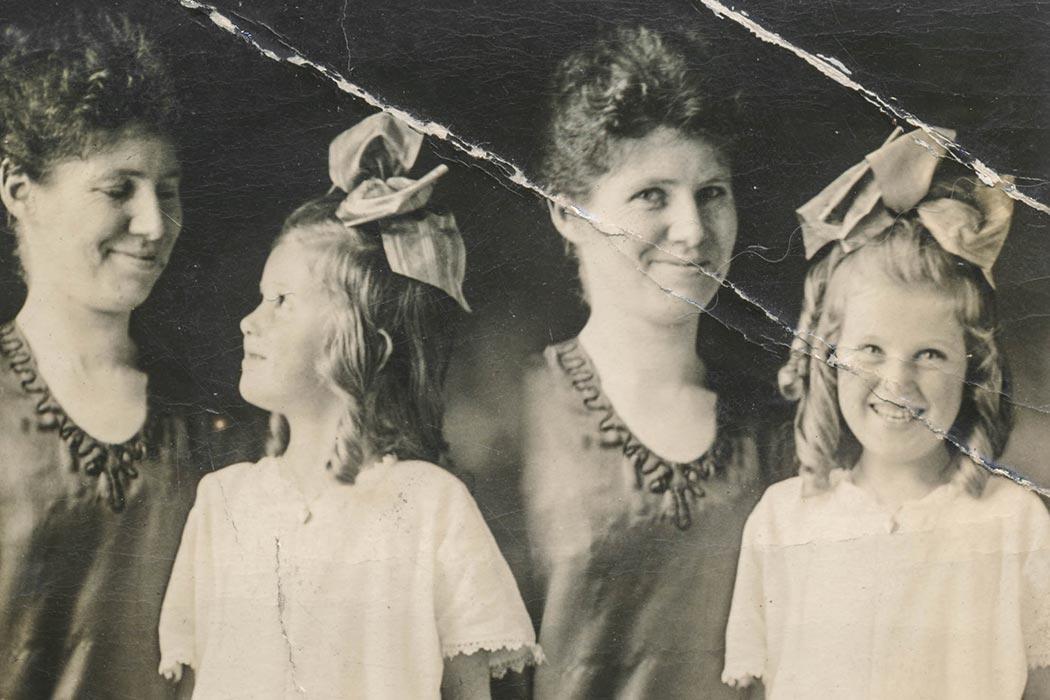Who invented holidays before Facebook? Mother’s Day, for one, began as one woman’s quest for a public observance of the anniversary of her own mother’s passing. Anna Jarvis—an ambitious life-long “spinster” who never had children herself—was obsessed with celebrating “the best mother who ever lived.” But as Kathleen W. Jones reveals in a fascinating examination of the creation, promotion, and meaning of the new holiday, it took more than just Jarvis’s grief and rage for the holiday to take hold.
Jarvis’s Mother’s Day had a curious mix of supporters in Congress, Jones writes: “The conjunction of conservative southern Democrats and Midwestern Progressives suggests that Mother’s Day appealed to Americans who felt threatened by the vast social change engendered by city life.”
After initially rejecting the idea, Congress passed resolutions in support and President Wilson issued the first Mother’s Day proclamation in 1914, thanking women for their “services” to the nation. But the day was, Jones says, “nether demanded by women, legislated into existence, nor advertised to increase department store sales.”
It was Jarvis’s connection with the Protestant-led Sunday School movement that really spread the day around the country. Sunday schools were where children were supposed to get their religious education, but because they were not compulsory there was often less attention to the Bible than on entertainment, often based on holidays. Protestant Churches also used the idealized Mother archetype as a tool against suffragettes, using Mother’s Day to criticize female demands for public power. Jones goes further, saying Mother’s Day was also a “ministerial device to maintain the clergy’s status” at a time the largely female church-attending community threatened to “feminize” the Church.
Mother’s Day took hold in part because “Protestant middle-class Americans thought their world order was being threatened by feminism, socialism, urbanization, and immigration;” the holiday was always about “an expression of one group’s vision of social order.” Mother’s Day became a useful part of the nativist backlash against Catholic and Jewish immigrants from southern and eastern Europe that culminated in closing of the immigration door in the 1920s. WASP women “shrinking from motherhood” were leading to “race suicide,” argued these voices. National unity and strength were the order of the day, so it is not surprising that when the U.S. entered WWI in 1917, Mother’s Day became part of the national war effort. Sons could act as if they were defending their mothers (and motherland), while the thought of Mother was supposed to keep young men at war out of, uh, trouble. This was the connection that finally cemented Mother’s Day as a national holiday.
Nonetheless, you better not let any of this history prevent you from taking Mom her breakfast in bed on Sunday.







